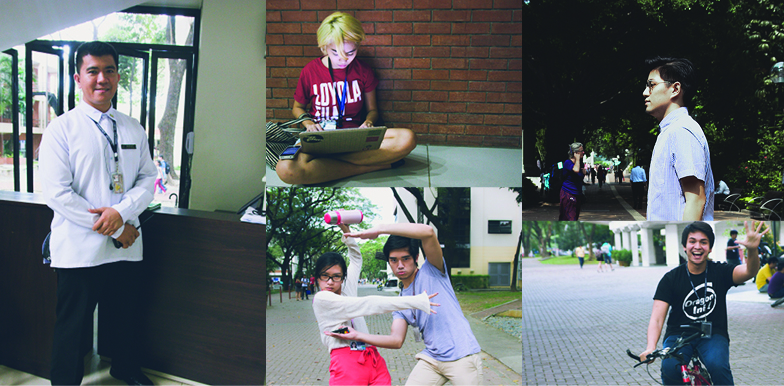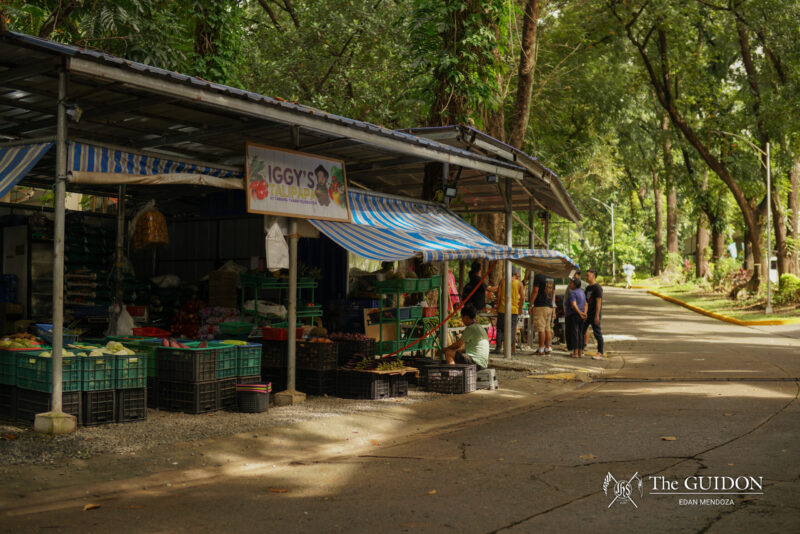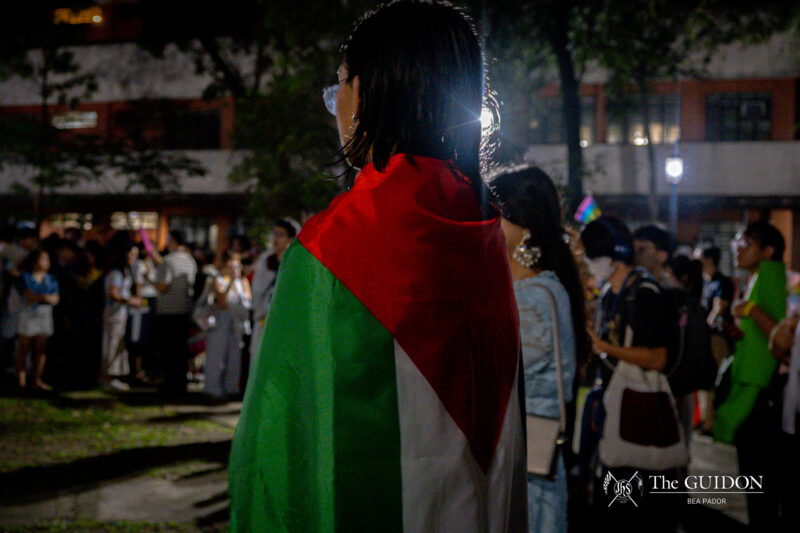A little girl in bright yellow boots stands alone in a New York subway station, her colorful umbrella in tow. She says, “I want to be a princess hairdresser.” The man behind the camera asks, “What’s going to be the hardest part about being a princess hairdresser?” “Cutting Rapunzel’s hair,” she replies.
Big cities like New York are packed with crowds swarming the streets and subways. People cross each other’s paths on a daily basis but never have the time or the courage to stop and get to know the people they bump into—it simply isn’t practical. But photographer Brandon Stanton is changing this. Through his blog, Humans of New York (HONY), he compels the public to look into the lives of total strangers.
Today, Stanton’s blog-turned-book has become a New York Times bestseller within a week of its publication. His website has gained over a million followers on Facebook and Tumblr. Stanton himself has been featured in Time’s “30 Under 30 World Changers.”
But the “stranger epidemic” doesn’t only dwell in the hustle and bustle of the streets of New York. Even in the relatively small community within the gates of the Ateneo, people are still hesitant to say a simple “hi” to that chemistry classmate or that professor from freshman year as they walk down red brick road.
Senior economics major Anjo Silvoza hopes to prompt a change for the Ateneo community, just as Stanton does for New York City, through his own blog, “Humans of Ateneo” (HOA).
The human anatomy
“What made me decide to do it? I don’t really know. It was a random decision to try to do something big before I graduate.”
After getting hooked on Stanton’s HONY, Silvoza was inspired to create HOA as his final contribution to the Ateneo.
Stanton’s own project started out a little differently. Having lost his Chicago trading job, Stanton moved to New York to take portraits of strangers on the street for a simple photographic census. Later on, he realized that the subjects of his photos had interesting things to say, so he decided to incorporate it into his work. This jumpstarted his mission to make the world a little smaller.
Silvoza can be spotted walking around the campus with his camera in hand—much like Stanton in New York—as he looks for more people to participate in his project. When asked if he goes through a process when selecting the next person to feature, he says he just approaches anyone who seems interesting and willing to be interviewed. So far he hasn’t gotten any refusals.
Apart from students, Silvoza also tries to include the school staff in his posts, as they are an integral part of the Ateneo community, after all. So far, he has been able to interview Kuya Resty, one of the university’s security guards at the Manuel V. Pangilinan Center for Student Leadership building. He intends to interview more of the campus ates and kuyas, to show that even the people who quietly work and serve the Ateneo behind uniforms and photocopying machines have their own stories worth telling.
Annihilating anonymity
The Internet has been an avenue for bridging huge geographical gaps and making the world a smaller place—the websites HONY and HOA do just that. The two websites give us an eye-opening look into the lives of people from different places and backgrounds, yet share surprisingly common experiences.
Although the Ateneo campus is not as large as the Big Apple, being estranged from one another is still inevitable. Although we all share the same 83 hectares of land, there are still a lot of unfamiliar faces. “I want to take out the ‘strange’ in the word ‘stranger,’” Silvoza says, “and make people realize that strangers aren’t so strange after all.”
Department of Sociology and Anthropology Chair Emma Porio, PhD, sees both HONY and HOA as their own online communities. According to her, these “Humans of” projects provide “a digital space… wherein you see what people think, what people are doing, [know] how people feel about larger issues or personal issues.”
However, the Internet and social media in particular do not only serve as hubs for connections—they’re also avenues for self-expression: We’ve gone from posting thoughts and activities to uploading photos of family vacations, to sharing videos and articles of interest. Porio says, “I feel that [HONY and HOA also] respond to a particular need of human beings to be recognized, to be heard, to be connected to other people.”
She adds that the website may fulfill the creator’s own purpose, but “at the same time finds resonance in other people’s needs.” The original purpose of HONY and HOA may have been to allow netizens to get a glimpse of real people in the real world, but they have also given people a space for openness.
Sophomore management major Lorraine Adarme, one of the many students featured on Silvoza’s blog, says that she feels good being a part of something bigger, for having contributed a little something to the Atenean community. “Having my photo and [interview] answers posted [on the website] allowed me to share my little tidbit of experience. It may be small and short but nevertheless, it’s still me and my Ateneo life immortalized.”
Stories and strange faces
The “Humans of” movement, which is geared towards an open society, is in stark contrast with web pages such as the Ateneo de Manila Secret Files (ADMUSF). While the former is geared towards encouraging an open society, the latter is a popular Facebook page that allows Ateneans to say anything they please because they are protected by a veil of anonymity. It is secret-sharing sites like those of the Secret Files phenomenon that hold back the world without strangers that the “Humans of” websites are trying to bring about.
Unlike ADMUSF, the “Humans of” projects feature people who aren’t afraid of exposing sincere and often deeply personal thoughts. For instance, one post in HONY is of a boy who tells Stanton that he likes one of his friends. When Stanton asks him if it would be okay to share this information on his blog, the boy responds, “I don’t know; if you share it, she might figure it out.” When Stanton says that the girl will surely figure it out, the boy unexpectedly replies with a resounding, “Do it.”
There is a certain fixation with reading other people’s stories and a drive to know what other people are saying, thinking and feeling. This does not only apply to knowing about what’s going on with people within our social circle, but also extends to the people who are oceans apart. Porio explains that this is due to the “universality of human experience.”
Although we are separated by gender, social class, ethnicity and religion, we still come together as members of the human race. Knowing that we are all related somehow and that we are not alone in this world consoles and comforts us. Porio explains that human curiosity also plays a huge role in this. “That’s part and parcel of being a human being diba? We want to know about other people. Why is there a newspaper? Why is there news? We want to know what’s going on in the world.”
Ultimately, as Porio says, “The main point is still the need to be connected to a larger community [of human beings]… It’s the sense of belonging. It’s the sense of wanting to belong.” Humans of Ateneo is a small project, but it may just be the small step we need to meet the world’s larger goal of unity beyond computer screens.
Aside from the Ateneo, the “Humans of” project has already reached Sydney, Rome, India, Tehran, Karachi. As more and more cities and countries join in, the closer we get to a world that is truly one. All of this may have started with simple stories and a man behind a camera, but it brings us a few steps closer to the fulfillment of the possibility of a bigger humanitarian movement.







